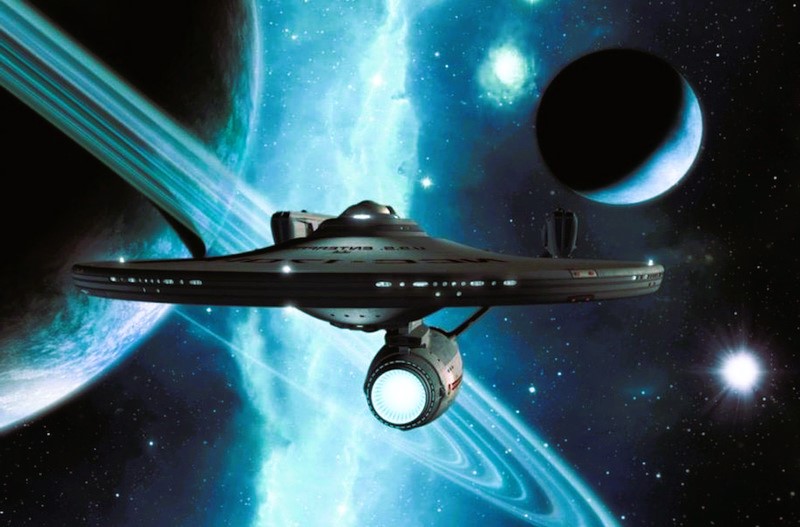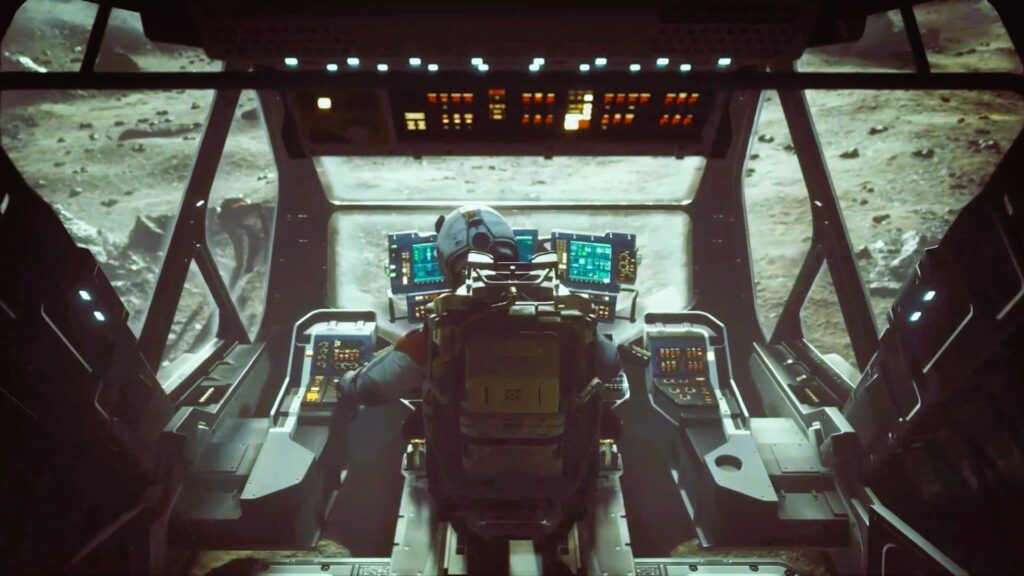The Science Behind Space Gaming: How Realistic Are Our Favorite Titles?
Space gaming has long captivated the imaginations of players around the world, offering the thrill of exploring the cosmos from the comfort of our own homes. But just how realistic are our favorite space games? Do they accurately portray the vastness and complexity of space, or do they take creative liberties for the sake of gameplay? In this article, we’ll take a closer look at the science behind space gaming and explore the realism of some of our favorite titles.
Understanding Space:
Space is a vast and mysterious expanse, filled with countless stars, planets, and galaxies. It is governed by the laws of physics, including gravity, electromagnetism, and relativity. Understanding these principles is crucial to creating realistic space games that accurately portray the wonders of the cosmos.
Gravity:
One of the most fundamental aspects of space is gravity, the force that attracts objects with mass towards one another. In space games, gravity plays a crucial role in determining the movement of spacecraft and celestial bodies. Games like “Kerbal Space Program” and “Elite Dangerous” accurately simulate the effects of gravity on spacecraft, allowing players to experience the challenges of navigating through gravitational fields.

Orbital Mechanics:
Another important concept in space gaming is orbital mechanics, the study of how objects move in space under the influence of gravity. Realistic space games take into account factors such as orbital velocity, escape velocity, and orbital rendezvous when simulating spacecraft movement. Games like “Orbiter” and “SpaceEngine” provide players with realistic simulations of orbital mechanics, allowing them to plan and execute complex maneuvers in space.
Astrophysics:
Astrophysics is the branch of astronomy that deals with the physics of the universe, including the behavior and properties of celestial objects. Realistic space games incorporate principles of astrophysics to accurately depict phenomena such as stellar evolution, planetary formation, and black holes. Games like “Universe Sandbox” and “SpaceEngine” allow players to explore the cosmos and witness astrophysical phenomena in action. The Rise of Space Horror Games: an exploration of fear in our article.
Space Travel:
Space travel is a central theme in many space games, allowing players to explore distant planets, moons, and asteroids. While the technology depicted in these games may be speculative or futuristic, many aspects of space travel are grounded in real-world science. Games like “No Man’s Sky” and “Star Citizen” offer players the opportunity to experience the thrill of space exploration, from piloting spacecraft to landing on alien worlds.

Artificial Gravity:
One common trope in space games is the use of artificial gravity to simulate Earth-like conditions onboard spacecraft and space stations. While artificial gravity is theoretically possible using centrifugal force or rotating habitats, its implementation in space games is often simplified for gameplay purposes. Games like “Mass Effect” and “Halo” feature artificial gravity systems that allow players to walk and interact in simulated gravity environments.
While space games may take creative liberties for the sake of gameplay, many of our favorite titles strive to capture the realism and wonder of the cosmos. From accurate simulations of orbital mechanics to speculative depictions of future space travel, space games offer players a glimpse into the mysteries of the universe.
For more information on the science behind space gaming, be sure to check out the Fandom’s space gaming wiki. Whether you’re a space enthusiast or a casual gamer, there’s always something new to discover in the world of space gaming.